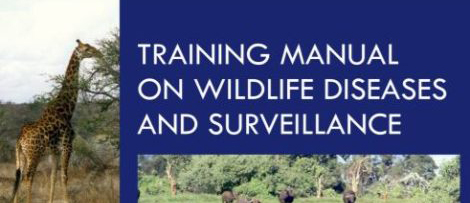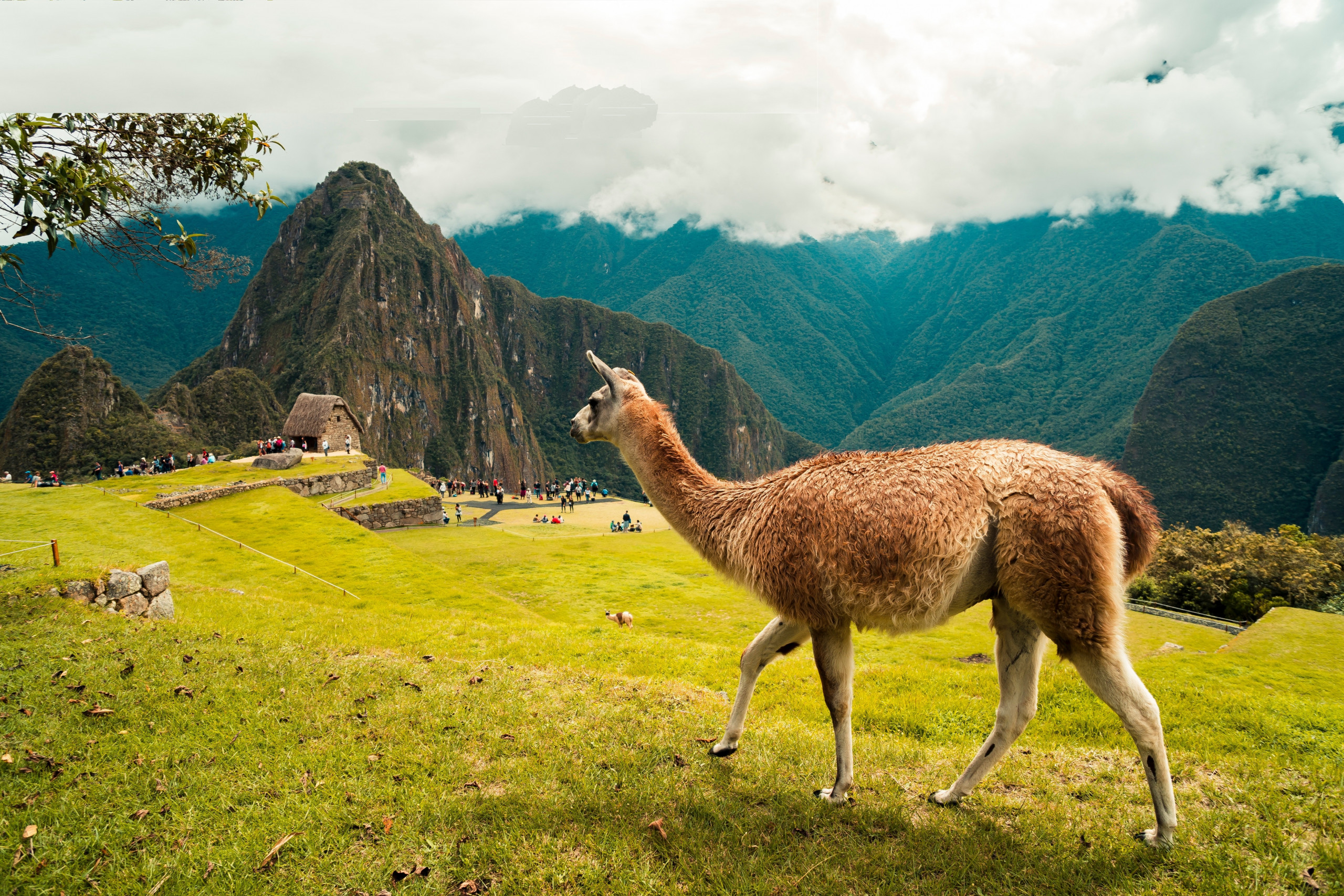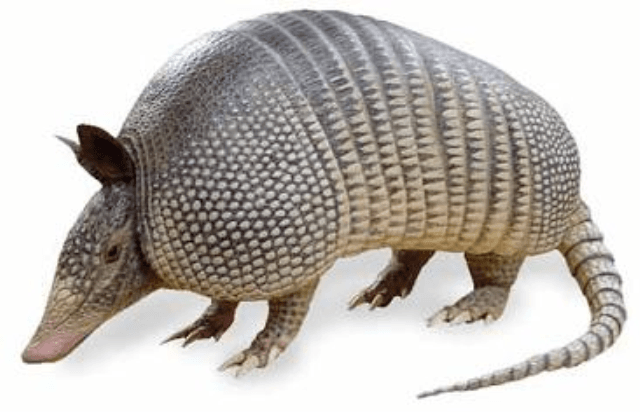
Wildlife co-exists alongside humans and domestic animals. Wildlife populates ecosystems across the planet, whether it be in the seas, or roaming freely across forests and savannahs. Native, invasive, or endangered, each species contributes to the balance of the ecosystem they live in. The health of wildlife is deeply entwined with the health of other animals, the environment and even humans. By protecting wildlife health, we safeguard biodiversity- and invest in a healthier, more sustainable future.
‘protect wildlife health worldwide to achieve One Health’.
Anticipate, reduce, and manage the risk of spillover events between wildlife, livestock, and humans at the animal/human/environment interface.
This guidelines are in line with Wildlife Health Framework.


